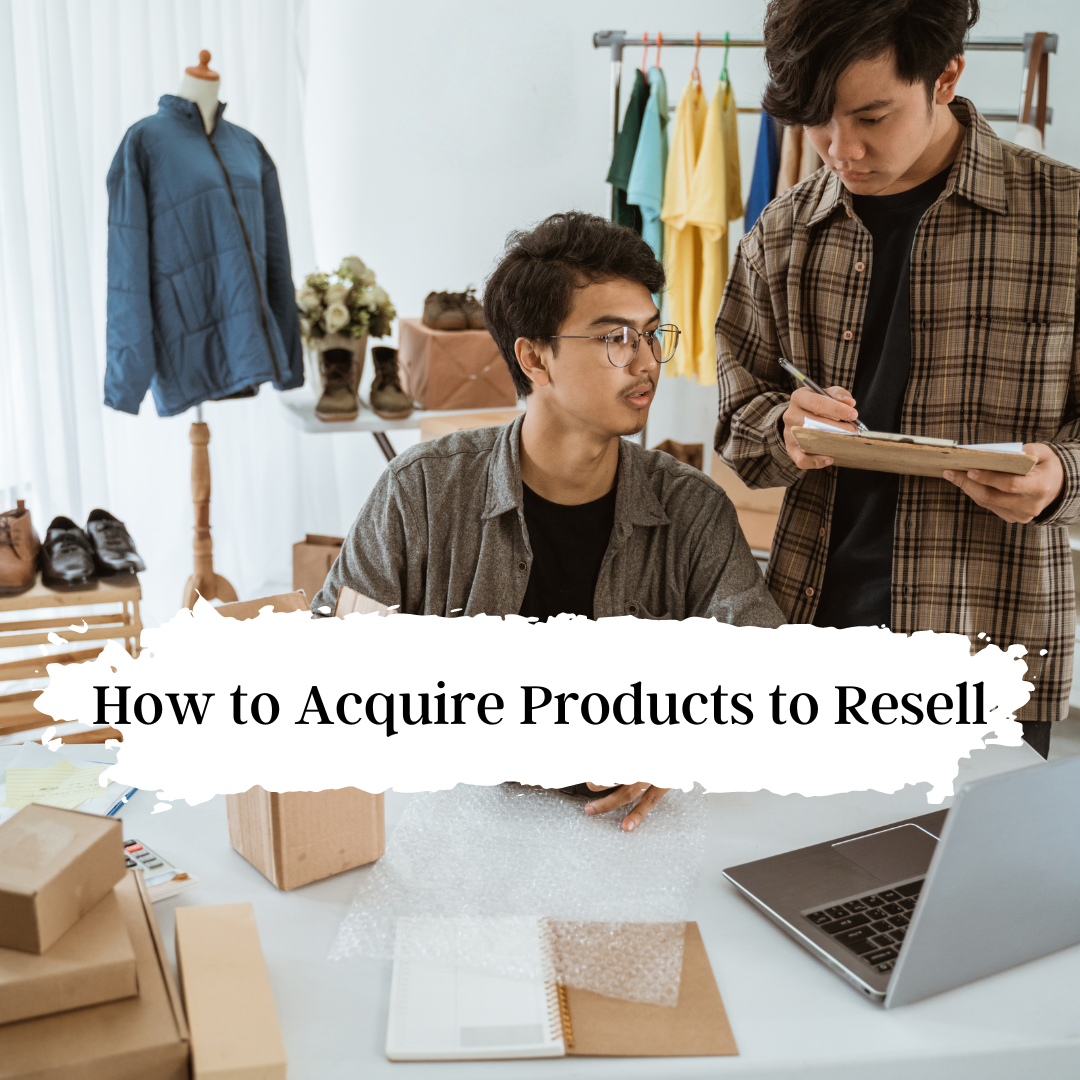-
Wholesale: Purchasing products directly from manufacturers, distributors, or wholesalers at discounted bulk prices. This allows you to buy products in large quantities and resell them at a markup.
-
Dropshipping: Operating an online store where you don't keep inventory. Instead, when a customer places an order, you forward it to a supplier who ships the products directly to the customer. You earn a profit by marking up the supplier's price.
-
Retail Arbitrage: Buying products from retail stores at regular prices and reselling them at a higher price, either through online marketplaces or your own store. This method requires finding products on sale or clearance and taking advantage of price discrepancies.
-
Manufacturing: Producing your own products either by manufacturing them yourself or by working with a manufacturer. This method allows you to create unique products tailored to your target market.
-
Liquidation Sales: Purchasing products from liquidation sales or auctions. Liquidation sales typically involve buying excess inventory, discontinued items, or returned merchandise at discounted prices. You can then resell these products at a profit.
-
Consignment: Partnering with individuals or businesses to sell their products on your platform or in your store. You earn a percentage of the sale price as commission, while the original owners retain ownership until the products are sold.
-
Wholesale Clearance: Buying clearance or overstock items directly from wholesalers or manufacturers at reduced prices. These products are usually older models, discontinued items, or excess inventory that needs to be sold quickly.
-
Private Labeling: Working with a manufacturer to produce products under your own brand. You can customize the product design, packaging, and branding, allowing you to differentiate yourself from competitors.
-
Online Marketplaces: Sourcing products for resale from online marketplaces like Alibaba, eBay, or Amazon. You can find wholesalers, manufacturers, or individual sellers offering products at competitive prices.
-
Local Suppliers: Connecting with local suppliers, artisans, or craftsmen who create unique or niche products. This approach allows you to support local businesses while providing exclusive products to your customers.
Remember, each method has its own advantages and challenges. It's essential to thoroughly research and consider factors such as cost, competition, market demand, and profitability before choosing a specific approach.

